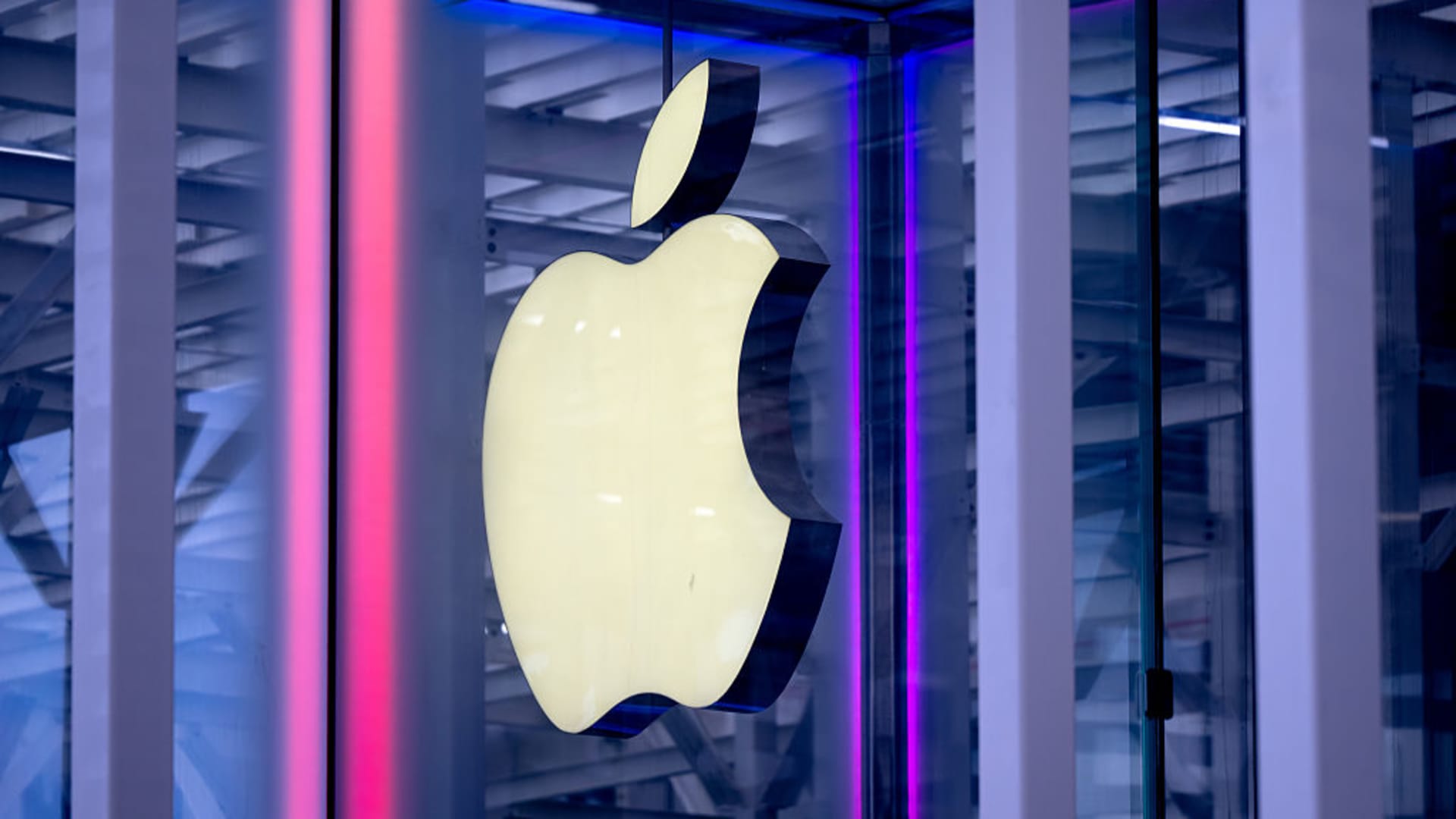Apple could be set to release an entirely new iPhone design as part of its lineup in the second half of next year, according to JPMorgan. “With the upgrades to the iPhone 17 series to be released this fall expected to be fairly limited, investor focus has already turned to the 2026 fall launches with Apple expected to launch its first foldable iPhone as part of the iPhone 18 lineup in September 2026, featuring a book-style fold similar to Samsung’s Galaxy Z Fold series,” analyst Samik Chatterjee wrote on Tuesday. The new foldable iPhone is expected to feature a 7.8-inch inner display as well as a 5.5-inch outer display, the analyst said. Samsung’s Galaxy Z Fold 7, by comparison, has an 8-inch inner screen and a 6.5-inch outer screen. Not only that, the foldable iPhone 18 may feature a crease-free inner display, seeing that the industry anticipates Samsung will introduce similar technology with its Galaxy Z Fold 8 in 2026. Chatterjee predicts that the foldable iPhone will cost $1,999 and could create a $65 billion revenue opportunity for Apple, leading to a high-single-digit earnings accretion in the medium term. He also projects that the foldable iPhone will sell low-teens million units in fiscal 2027 and increase to mid-40s by fiscal 2029. Other analysts like TF International Securities’ Ming-Chi Kuo have also forecast that the iPhone maker will make a folding iPhone next year . He expects it to have “premium pricing.” With Apple’s anticipated entrance into the foldable iPhone space, JPMorgan’s Chatterjee named electronic connector manufacturer Amphenol and specialty glass company Corning as beneficiaries, saying that their resulting gains would be “primarily driven by high content in foldable phones rather than the volume associated with it.” AAPL APH,GLW YTD mountain Apple vs. Amphenol and Corning, year-to-date Both names have seen sizable moves higher in 2025, with Amphenol jumping more than 50% and Corning advancing more than 30% year to date, outpacing the S & P 500’s roughly 8% rise in the period. Apple shares, meanwhile, have lagged the broader market in that timeframe, falling more than 15% year to date.





